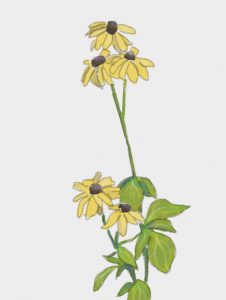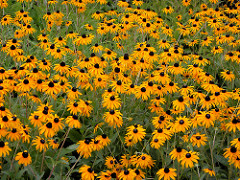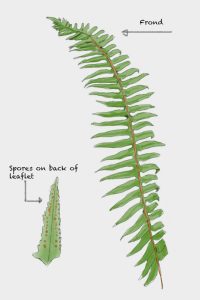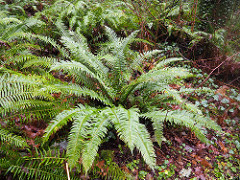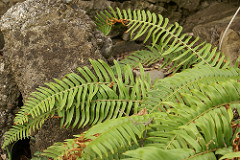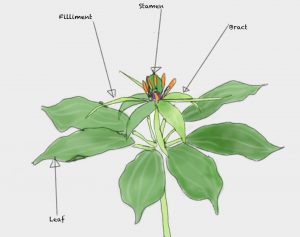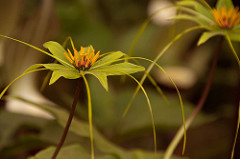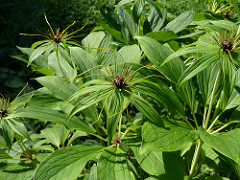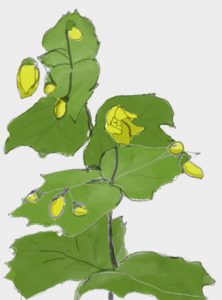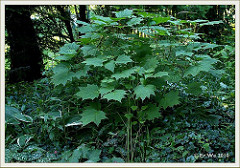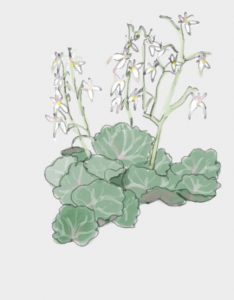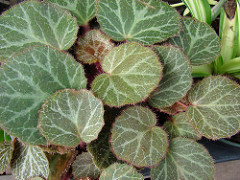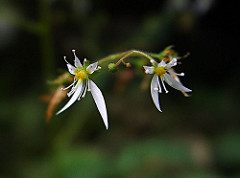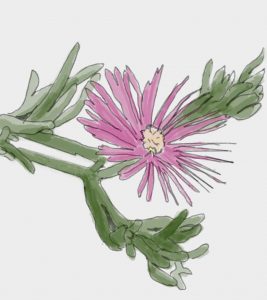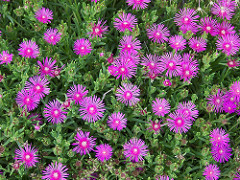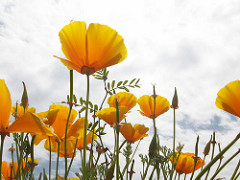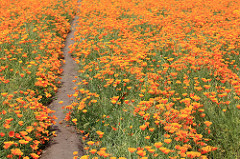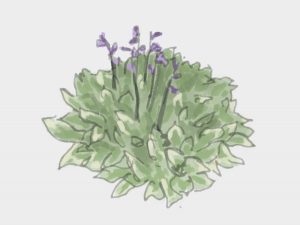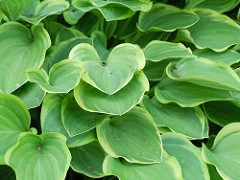 Schoenoplectus acutus, hardstem bulrush
Schoenoplectus acutus, hardstem bulrush
Family: Cyperaceae
Description:
This native grass species has a long history of cultivation, with significant use by First Nations. Comprised of hallow pithy stems, Schoenoplectus acutus was traditionally used as insulation and for mattresses. This water-adapted species grows prolifically and reaches 2-3 meters in height with a pale brown inflorescence at the top of each stem.
Growing conditions:
This grass likes to be submerged in water and is typically found in the shallows of freshwater marshes.
Suitable uses:
This is a suitable grass for a freshwater pond or marsh and can be useful in restoration projects. It does not outcompete other grasses or non-native colonizers, and may require regular maintenance when establishing. It is quite striking with light casting through the tall stems making this species valuable both ecologically and ornamentally.
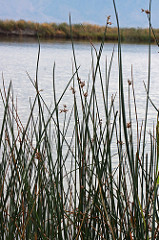
CC Image courtesy of Andrey Zharkikh on Flickr
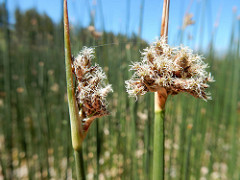
CC Image courtesy of Matt Lavin on Flickr

